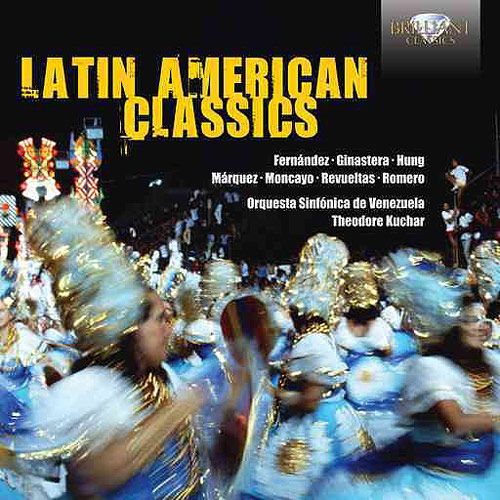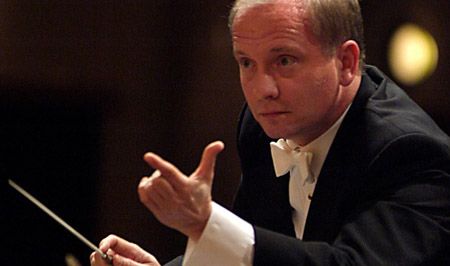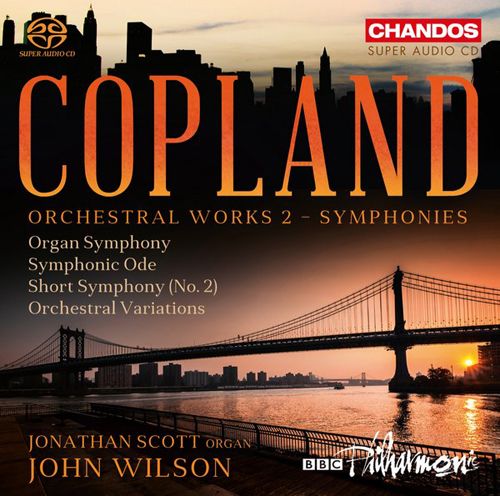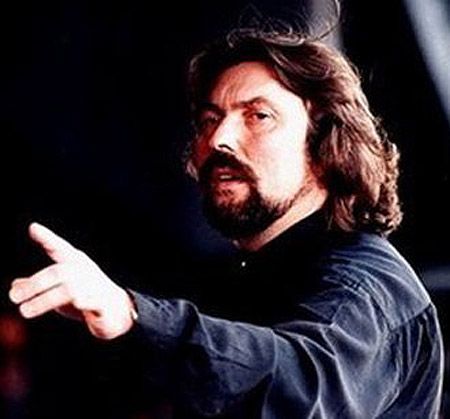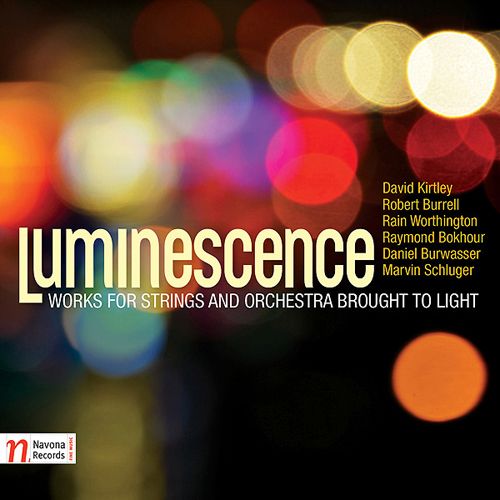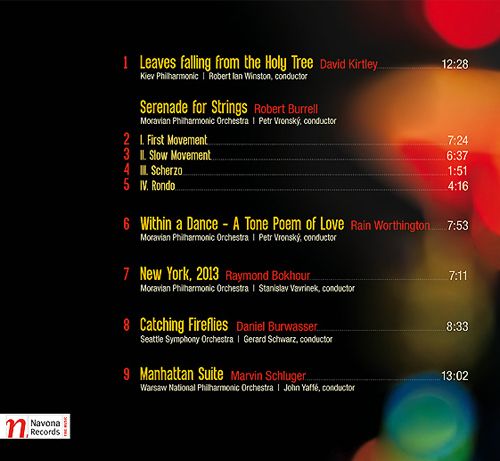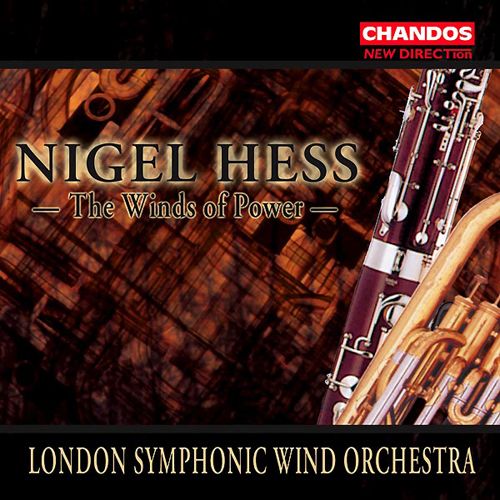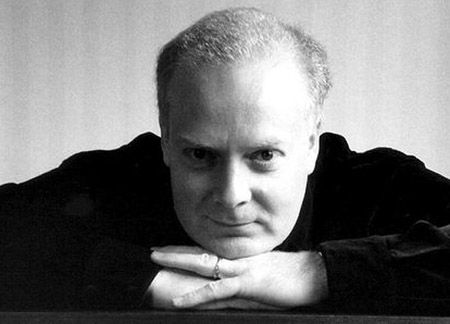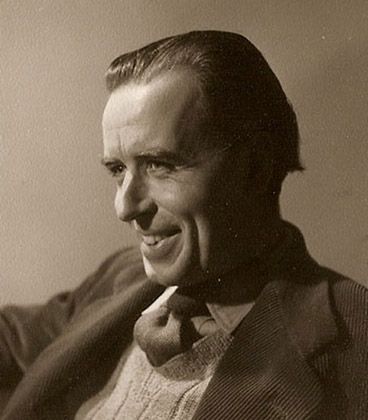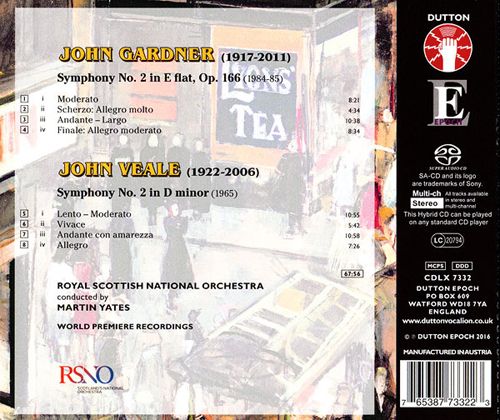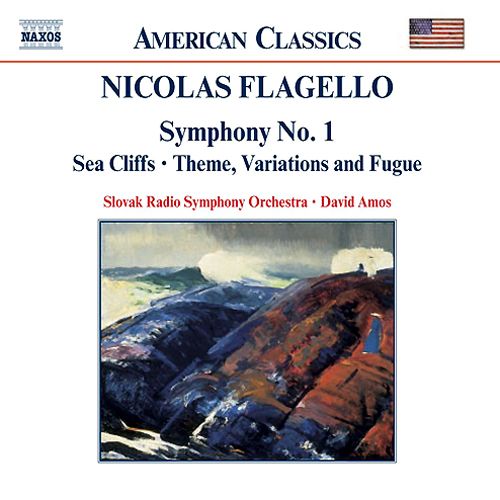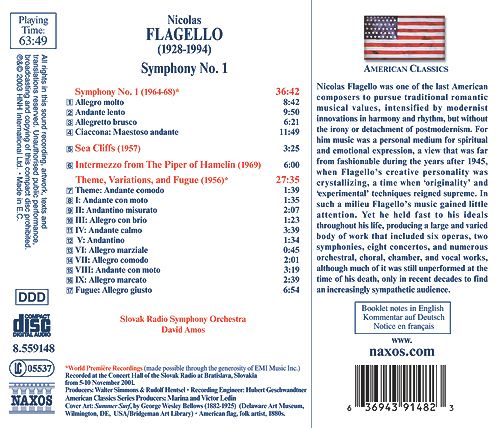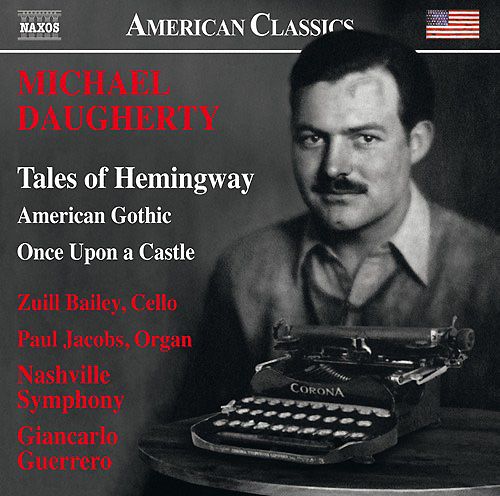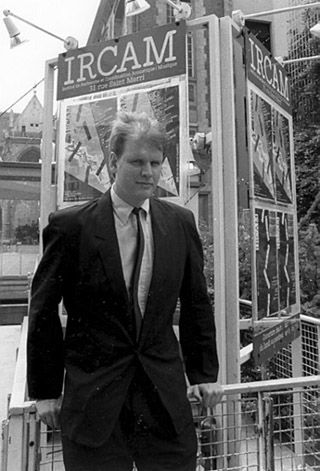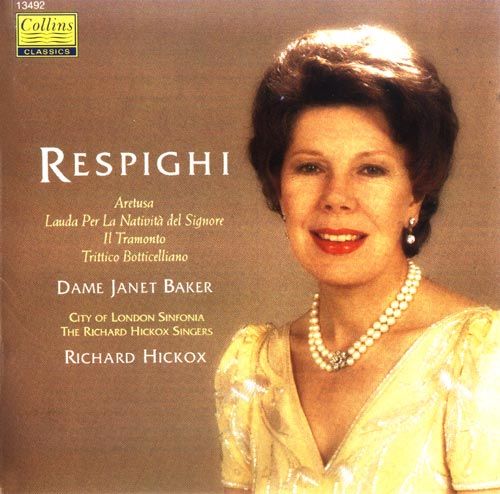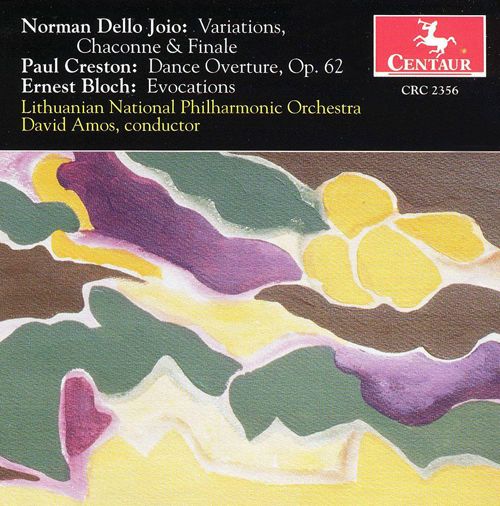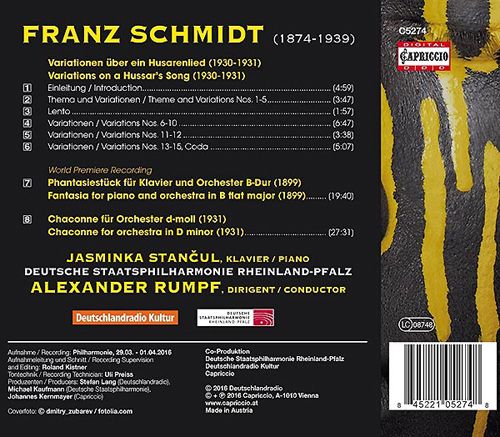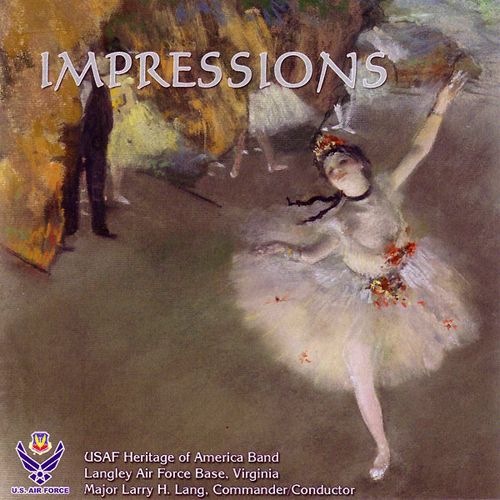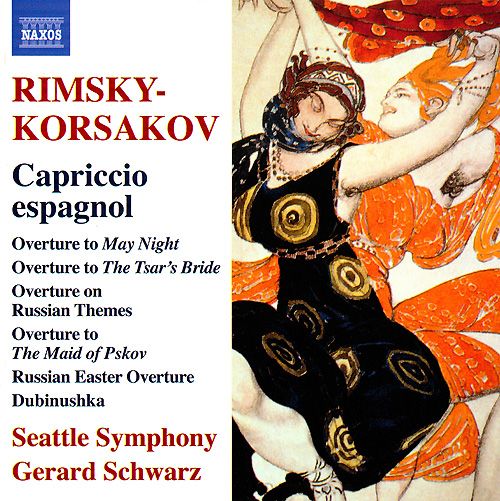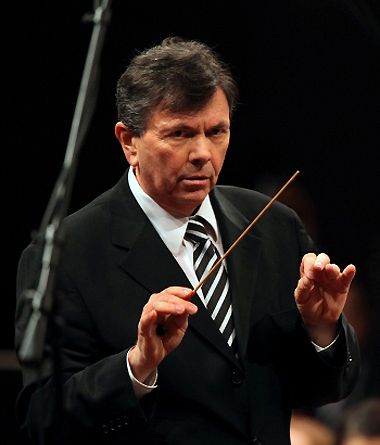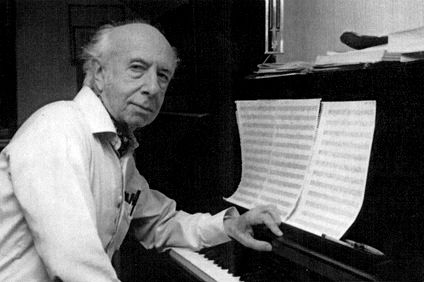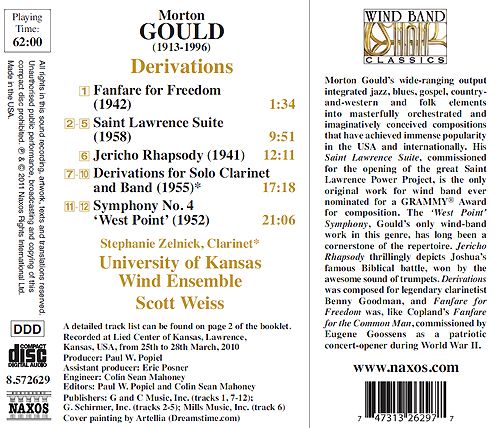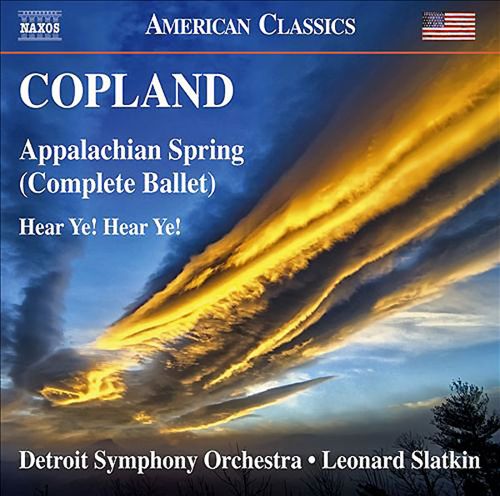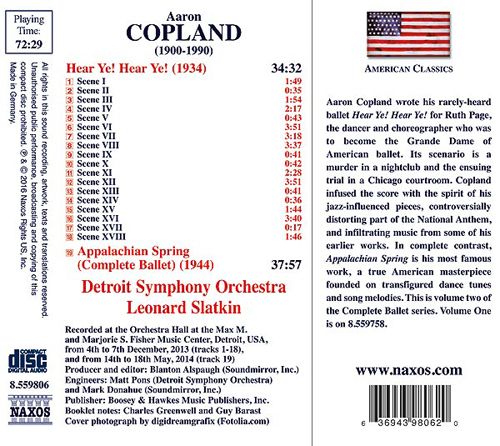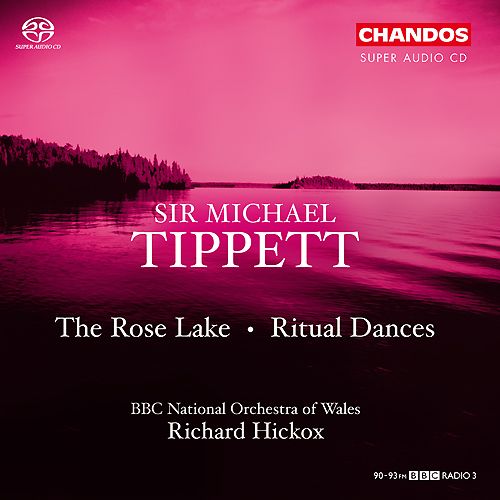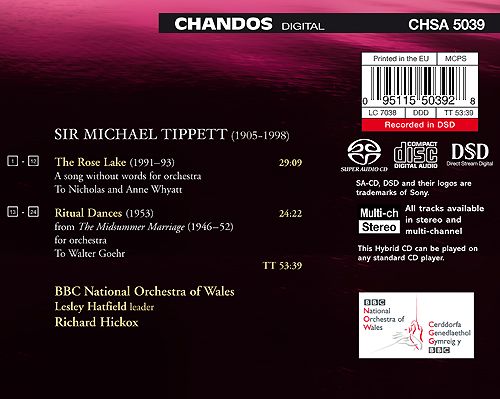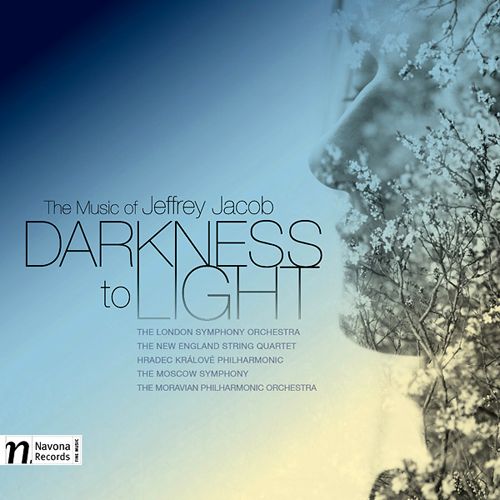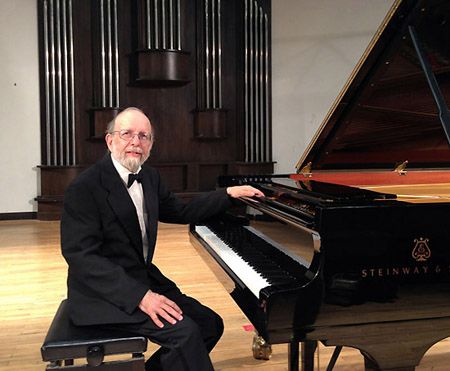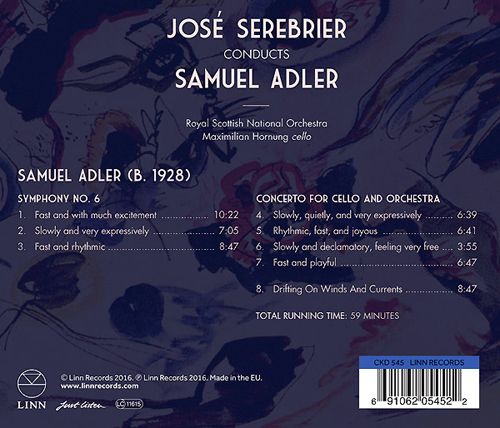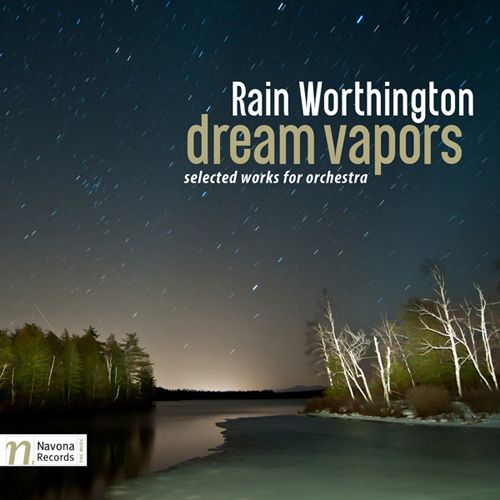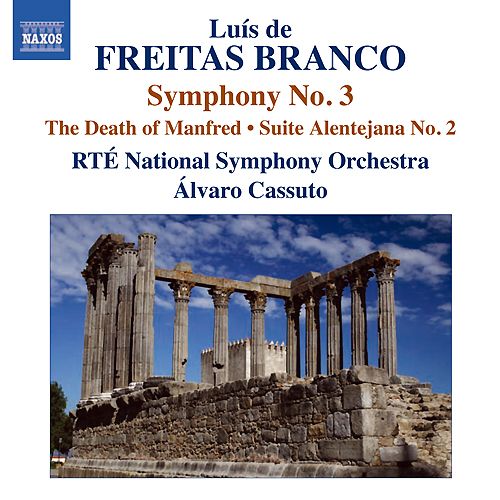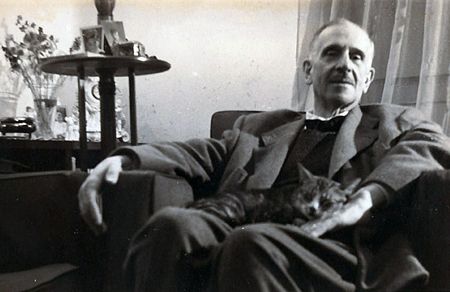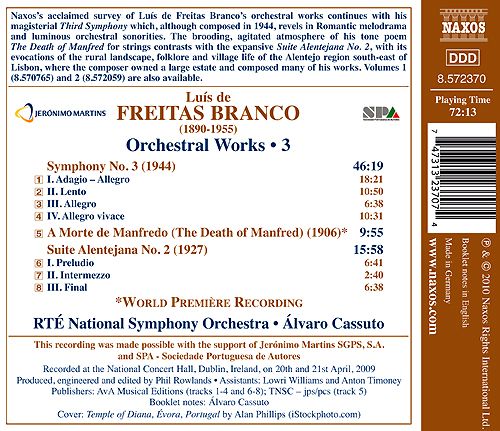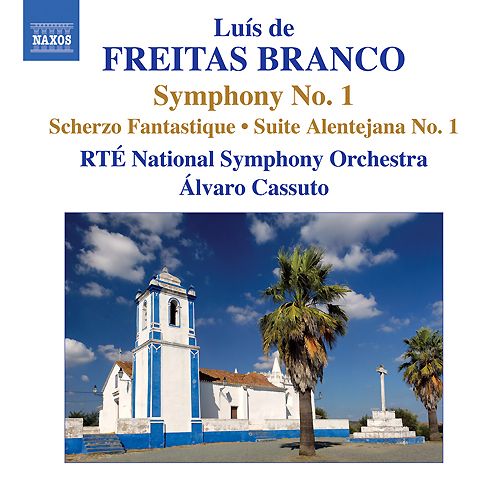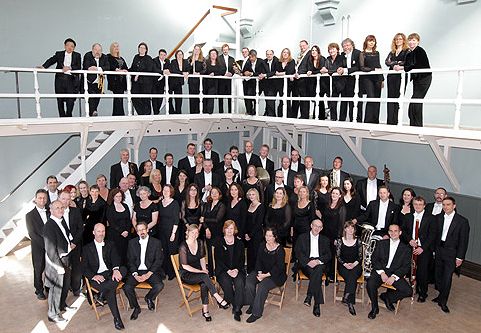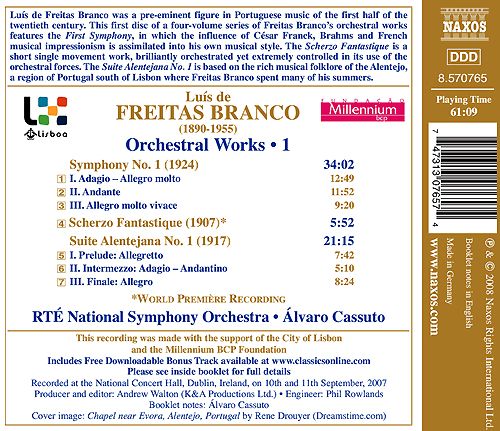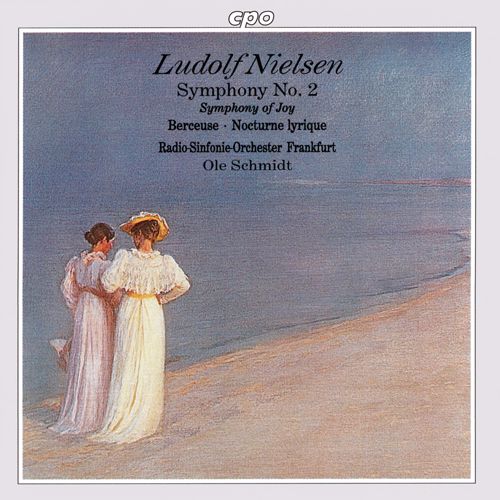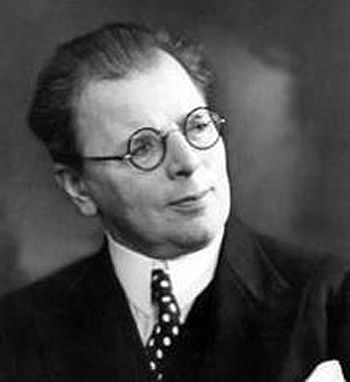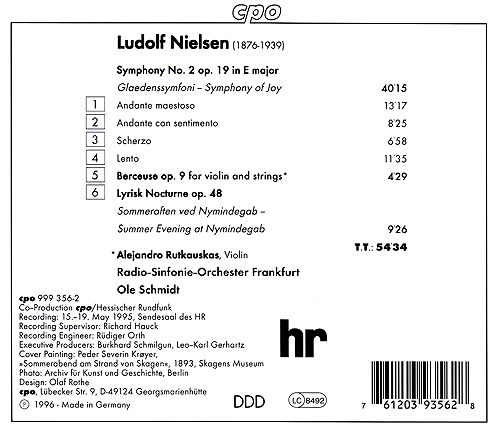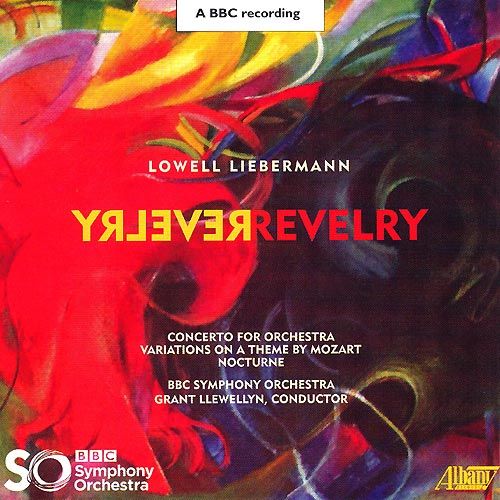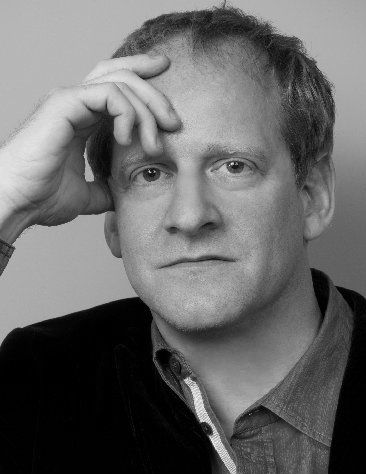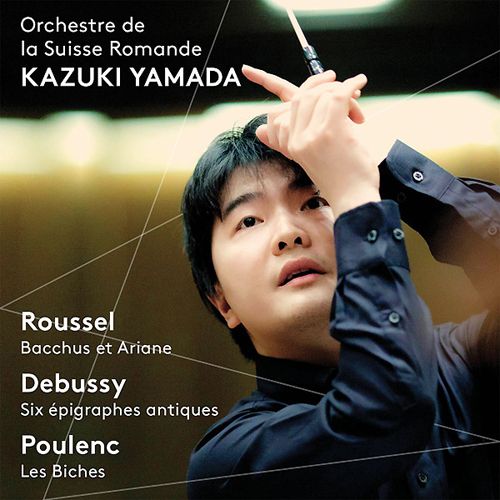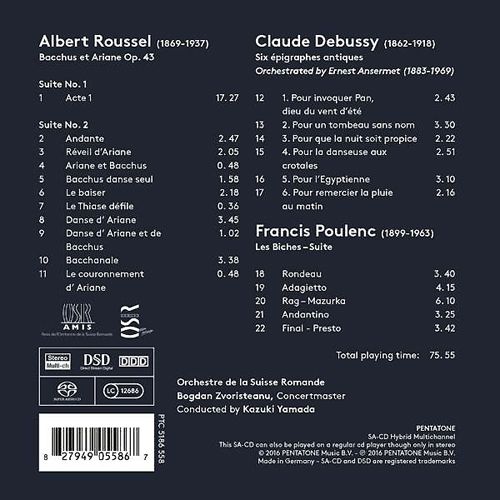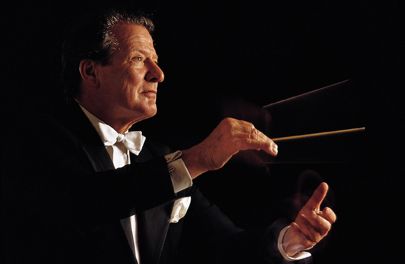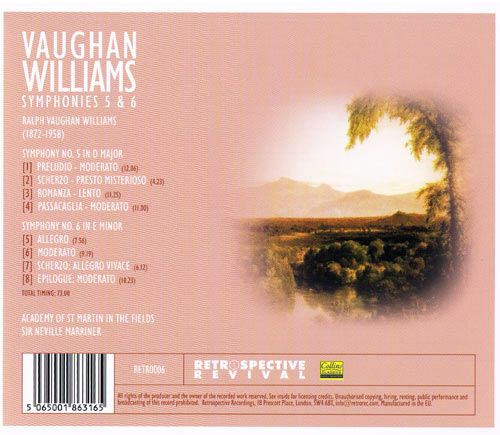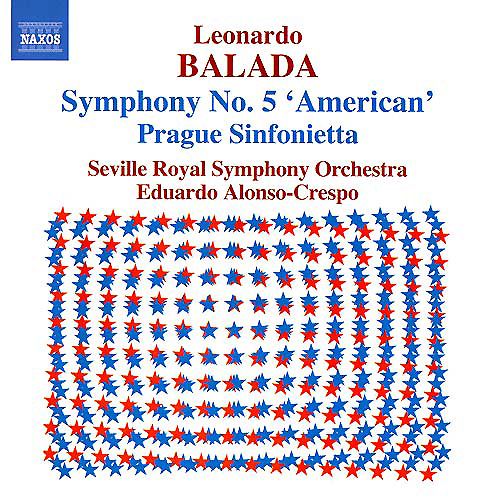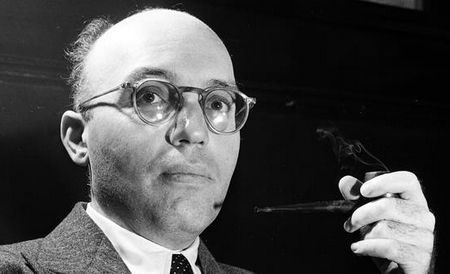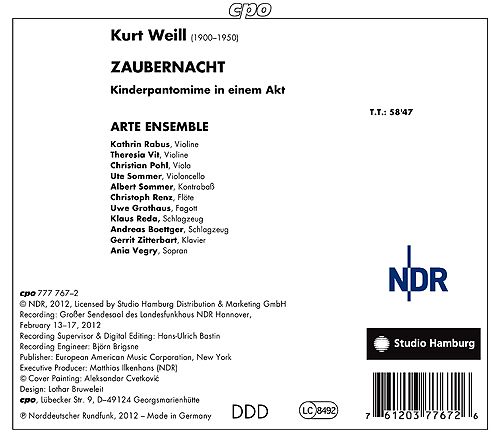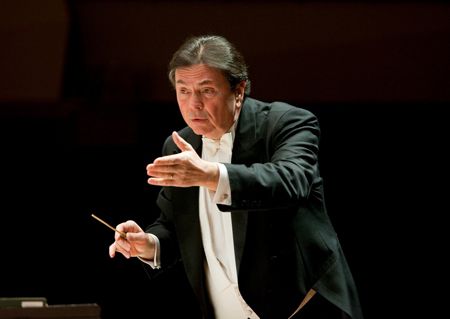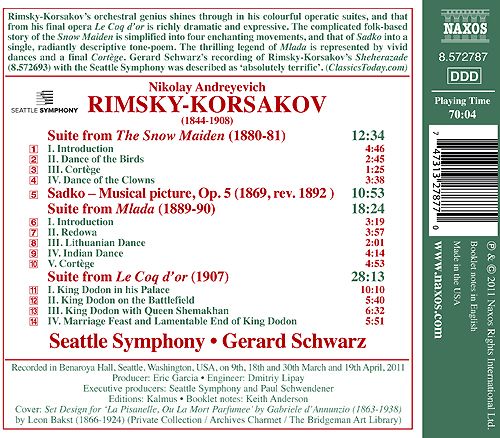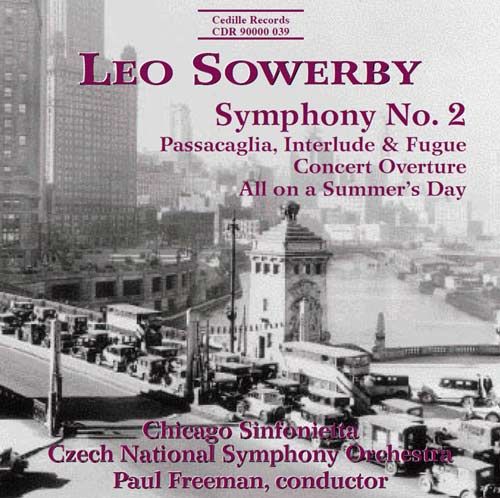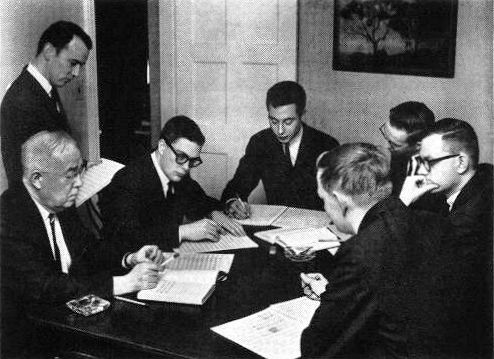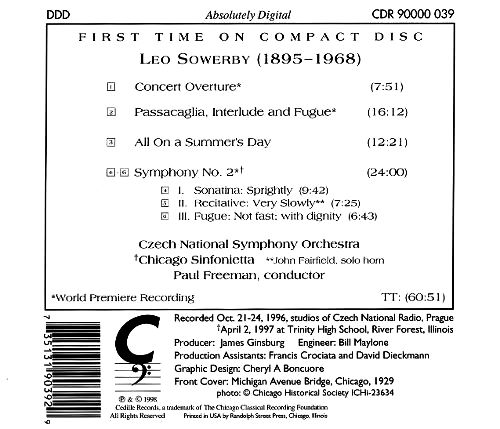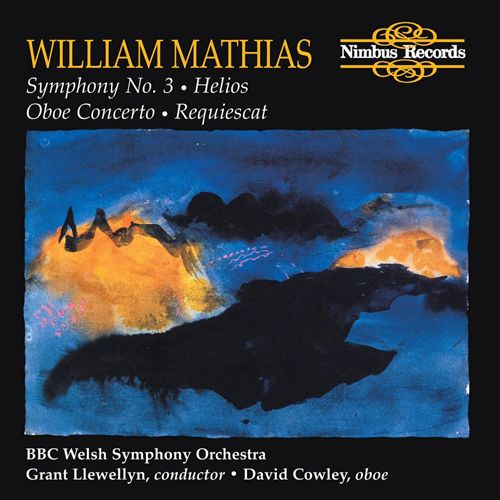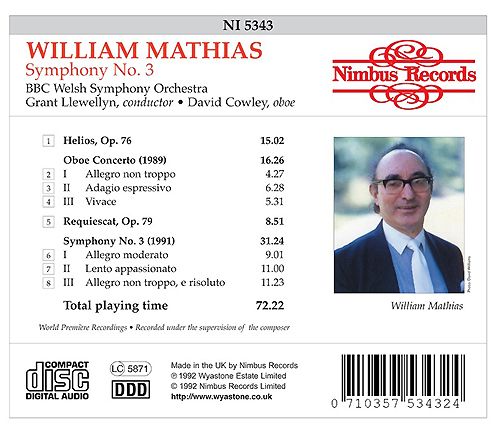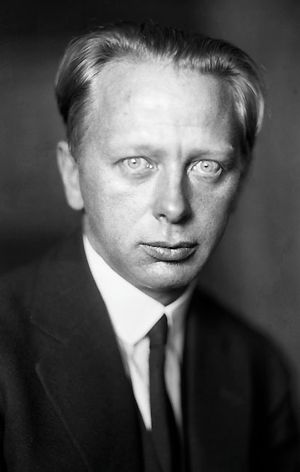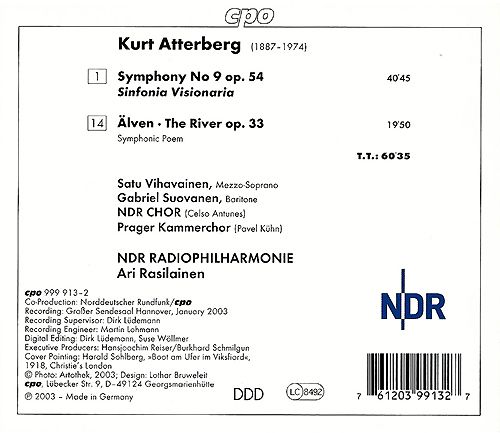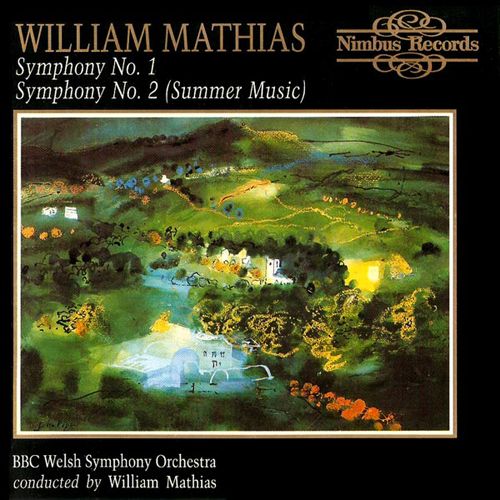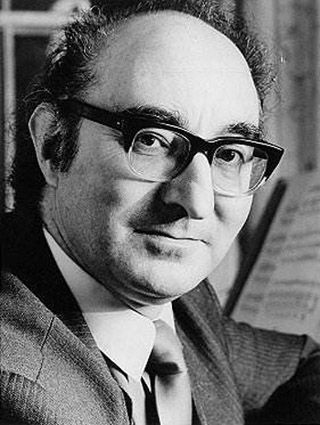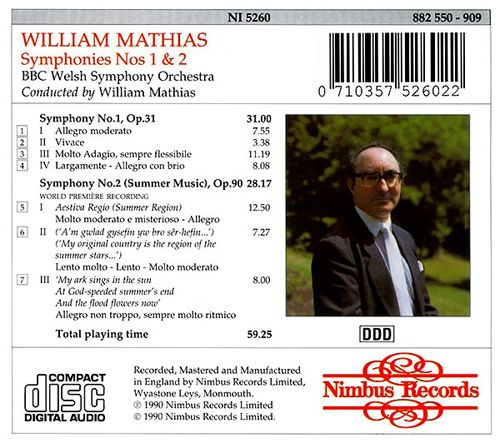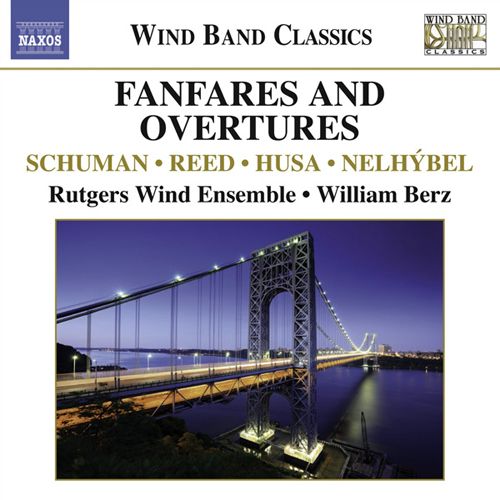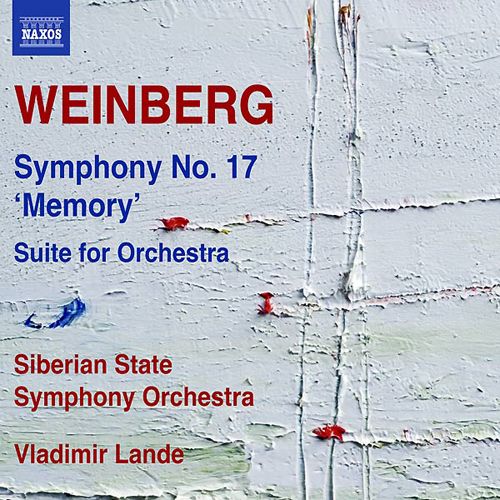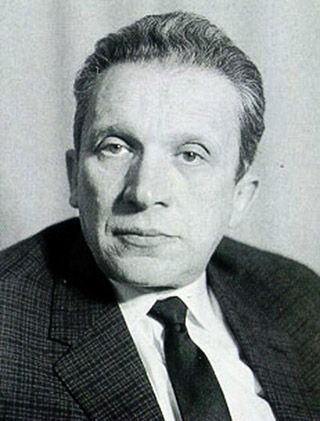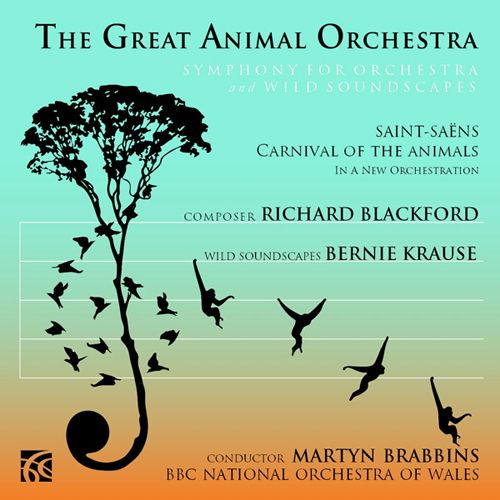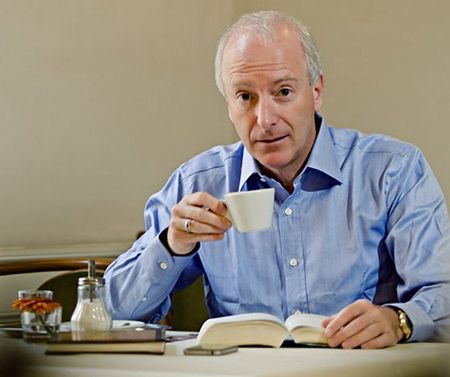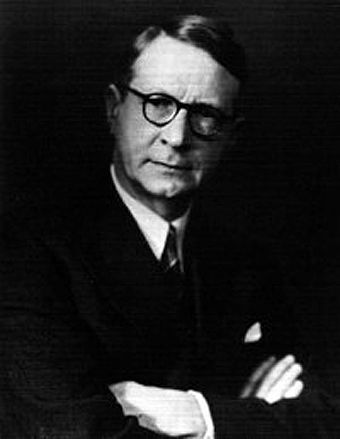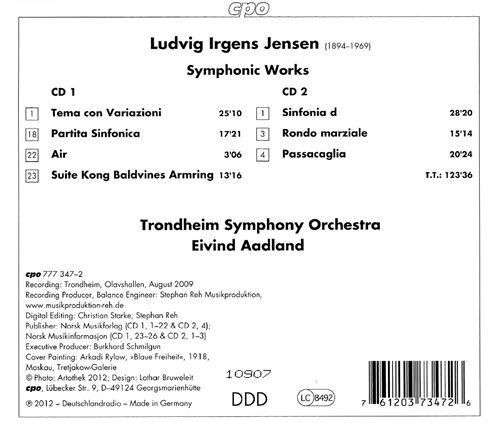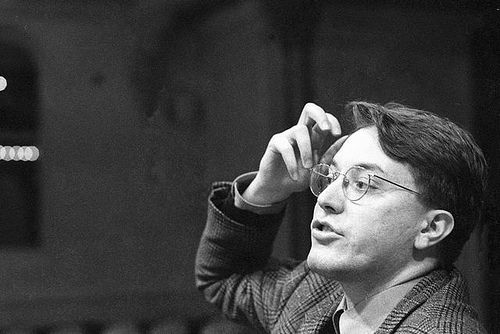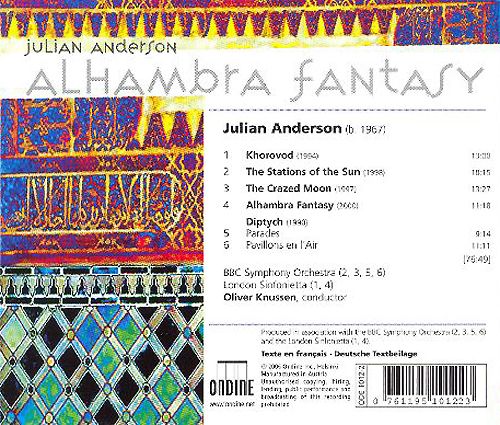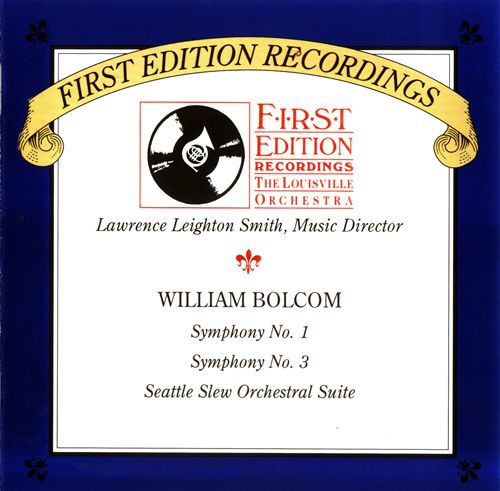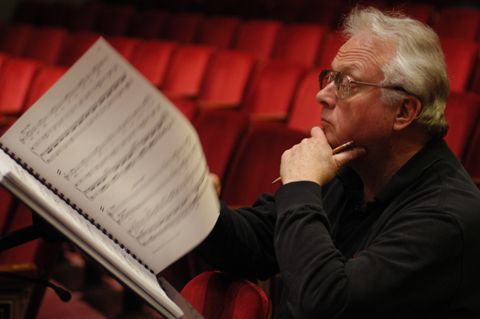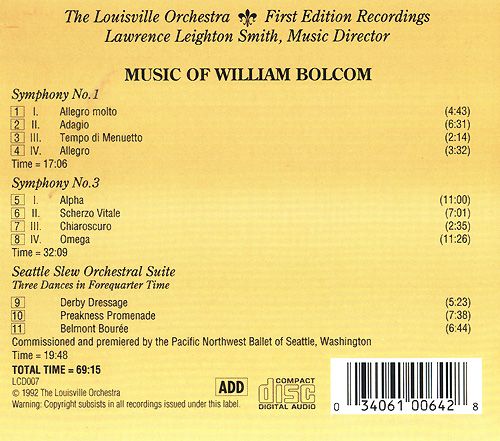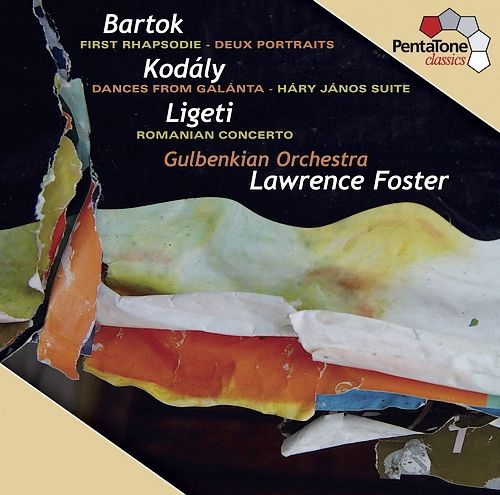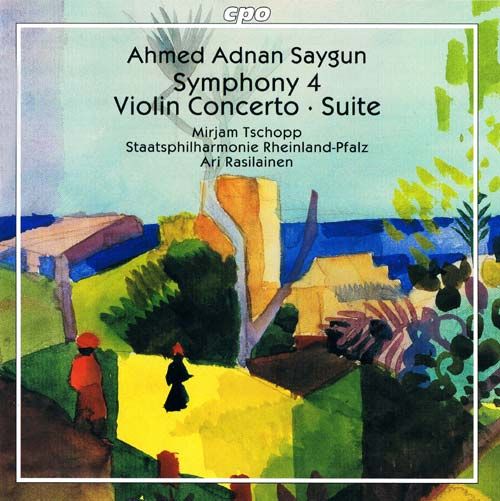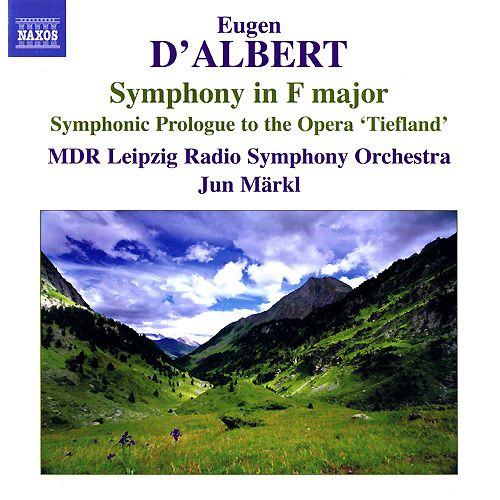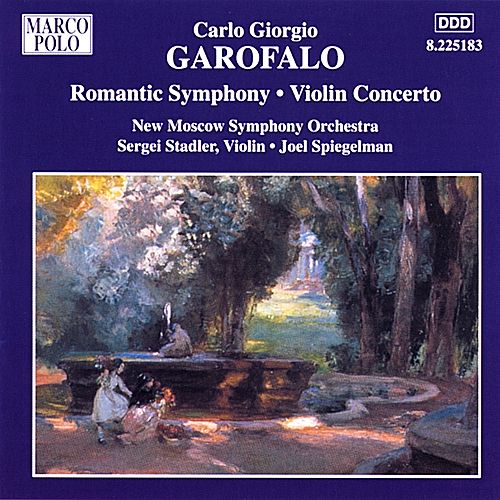No.1062
Romantic/Late Romantic
This delightful album of English Victorian opera overtures comes to us from Victorian Opera Northwest
whose director, Raymond Walker together with conductor Richard Bonynge have
carried out extensive research into the development of the British Opera movement which
began in the 1830s and stretched to the 1890s.
Julius Benedict - The Lily of Killarney (1862)
John Barnett - The Mountain Sylph (1834)
Michael William Balfe - The Siege of Rochelle (1835)
Michael William Balfe - Le Puits D�Amour (1843)
Edward Loder - The Night Dancers (1846)
William Vincent Wallace - Lurline (1860)
William Vincent Wallace - The Amber Witch (1861)
William Vincent Wallace - Love�s Triumph Prelude (1864)
George Alexander Macfarren - She Stoops to Conquer (1864)
Arthur Goring Thomas - The Golden Web (1893)

Music by [see above]
Played by The Victorian Opera Orchestra
Conducted by Richard Bonynge
"This is an exciting and innovative CD. Three things need to be said. Firstly, this new SOMM issue drives yet
another nail into the still-held adage that Victorian Great Britain was a �land without music�. From first note to
last, these ten overtures display interest, character and downright tunefulness. Granted that these �discoveries�
do not showcase music of the stature of a Berlioz, a Weber or a Mendelssohn but there is nothing here that is
unworthy of anything being composed in the mid to late nineteenth century. Note the word �opera� in the CD title:
these overtures are from �grand� operas and are not operettas, burlesques or ballad operas. They need to be
approached in that light.
Secondly, I do not intend to give a detailed history of the life and work of the seven composers represented
here save to say that all of them are in the �forgotten� category. Furthermore, it would be a brave person who
would automatically declare that they were all �lost geniuses� on the strength of these recordings. What can
be said is the every one of them deserves re-evaluation. On the face of it, most opera lovers will be au fait
with the name Michael William Balfe who is best remembered for one stage work or possibly just two songs:
the opera The Bohemian Girl, Killarney and Come into the Garden Maud respectively. Enthusiasts of British
music may have recently heard Julius Benedict�s two piano concertos on Hyperion, many of William Vincent
Wallace�s piano pieces on Naxos or George Alexander Macfarren�s fine opera Robin Hood and the 4th and
7th Symphonies on CPO 999 433-2. Nonetheless, I imagine that for all but the most committed aficionados
of Victorian music the names of John Barnett, Edward Loder and Arthur Goring Thomas will be simply
that - names.
Thirdly, I do not propose to discuss the �plots� of the ten operas represented on this CD. The liner-notes
give sufficient information on this score.
However, a thumbnail sketch of the period and the genre may be of some help. Most readers will be
knowledgeable about the German and Italian operas of Wagner, Donizetti, Verdi and Rossini. The stage-
works of UK-grown talent may be a little more obscure. In many ways the attitude of opera-lovers today
is similar to that of 150 years ago. For most, serious opera means/meant Italian opera - with German,
French, Russian and Peter Grimes having gained a secure foothold in the intervening years. In the early
to mid nineteenth century, Covent Garden staged virtually nothing but Italian opera: German and French
productions were sometimes even translated into Italian for �convenience�. Opera producers were not
always faithful to the score either, with interpolation of �original� music by the conductor being largely
accepted, if not expected. Ernest Walker notes that at that the time of Henry Bishop (1786-1855) �opera
had been a sort of third-rate theatrical medley, totally devoid alike of art and of sense�. Things could
only get better, although I imagine that one day Bishop himself will be re-evaluated. The lighter operas
of Balfe, Wallace and Benedict had considerable successes; however it was with John Barnett�s
The Mountain Sylph (overture performed here) that Britain could claim anything approaching �grand
opera�. It was at this time that composers began to produce works that that had some claim to
musical and dramatic continuity of interest and respectability of stage effect.
The overtures presented on this disc cover a span of some sixty years so fall into the era of early
and late Victorian. The earliest is Barnett�s The Mountain Sylph with �book� by Thackeray and the
latest is Arthur Goring Thomas� The Golden Web dating from 1893. Only this last named work was
written after the massive achievement of Gilbert and Sullivan.
I enjoyed virtually every work on this CD. I would suggest that the Edwardian music historian
Ernest Walker�s dismissal of most of this music as being �� artistically � not worth a moment's
consideration, the tunes are empty beyond expression, and there is not a particle of any workmanship
to carry them off �� is fundamentally disproved by this collection of overtures. His further consideration
that �� it is all artistically dead beyond the very faintest hope of resurrection; and we need not feel
any cause for lament�, seems untenable.
What does this music sound like? It is an unwise question to ask, and an even more difficult one to
answer. Each of these composers had their own voice. However, we know so little of their work that
generalisations are inevitable. The prevailing mood in all this music suggests Rossini, Weber, Auber
and to a certain extent anticipated Sullivan at his more �serious�. I guess that �enjoyable� is a better
adjective to describe the effect of this music than �challenging�. There is nothing here to cause unease
but plenty to give pleasure and delight. This is all good music: it is by no means �great� music,
although there are moments when the composer seems to approach genius. John Barnett�s
The Mountain Sylph is a good example. None of this is a problem. Indeed, not every bar of every
opera by Verdi or Wagner is �great� music.
This CD is a fine production. The sound recording is always clear and well-balanced. The Victorian
Opera Orchestra is made up of players from around the North West of England. Their president and
guest conductor is Richard Bonynge who is an acknowledged expert in Victorian opera: he has made
a large number of ballet and operatic recordings over the years. Orchestra and maestro take each of
these overtures seriously and their playing is never overstated or condescending. Victorian Opera
Northwest, the group which has overseen the project, is dedicated to the promotion of �the excellent
forgotten music of 19th century operas by British and Irish composers�. They also produce scores
and performing editions of operas and overtures which are available for hire and include a number
of the works recorded on this CD.
The liner-notes form a good essay on Victorian opera and ought to be read before exploring the
music. The first section is a brief overview of �The English Opera movement� in the nineteenth
century. This is followed by a detailed discussion of each opera and its overture.
The booklet features a number of stunning music covers of �overtures and popular Dance Selections
from the operas� by courtesy of the Richard Bonynge Archives. The impressive cover photograph
is of Covent Garden circa 1850.
This outstanding CD is an important link in the rediscovery and re-evaluation of a generation of
operatic tradition that has been largely ignored, if not quite lost. It is a rediscovery that I would
never have guessed would have occurred when I first began to read about British Music in the
early nineteen-seventies. However, there is much to be done. Not everything can be performed.
Michael Balfe wrote more than two dozen operas. Not all of them can be revived and no doubt not
all of them deserve the complex �archaeological digging� required to present them in a costume
or concert version for our age. However a sterling start has been made: witness the recent recording
of Macfarren�s Robin Hood on Naxos and Wallace�s Lurline and Balfe�s The Maid of Artois by
Victorian Opera Northwest. Most of Arthur Sullivan�s operas (as opposed to the G&S collaborations)
are now available on CD. Recently a new book has been published by Dr. Andrew Lamb about
William Vincent Wallace (Fullers Wood Press, 2012).
There is much to be done, however it is good that a solid start has been made. There are
plenty of operas and composers to explore. Let us hope that this work continues with alacrity.
Musicweb


Source: SOMM Records CD (My rip!)
Formats: FLAC (RAR), DDD Stereo, mp3(320)
File Sizes: 332 MB / 169 MB (FLAC version incl. covers & liner notes)
Download Link - [Add to my reputation and send me a PM requesting the FLAC link!]
mp3 version -
https://mega.nz/#!rJtVxTJZ!GrDNr1ZX71rU7Ezb4I5D8P2MFZ0ypd8zNwtZ6Vy5bvg
Enjoy! Don't share! Buy the original! Click on "Reputation" button if you downloaded this album! :)
